Mastering Influence: Unveiling The Top 5 Influencer Marketing Tools
Unlock the secrets of influence with our guide, 'Mastering Influence.' Discover the power of influencer marketing as we reveal the top 5 tools to elevate your strategy.

In this article, we will be exploring the topic of climate change and its effects on our planet. Climate change refers to long-term shifts in weather patterns and temperatures on a global scale, primarily due to human activities.
It is one of the most pressing environmental challenges we face today, impacting various aspects of our lives including agriculture, wildlife, and human health.
Understanding the causes and consequences of climate change is crucial for devising effective solutions to mitigate its effects and ensure a sustainable future for generations to come.
Top 5 Influencer Marketing Tools
Influencer marketing tools have become essential for brands looking to streamline their influencer marketing process and gain valuable insights and analytics.
Here, we introduce the top 5 influencer marketing tools and highlight their features and benefits for brands.
1. BuzzSumo
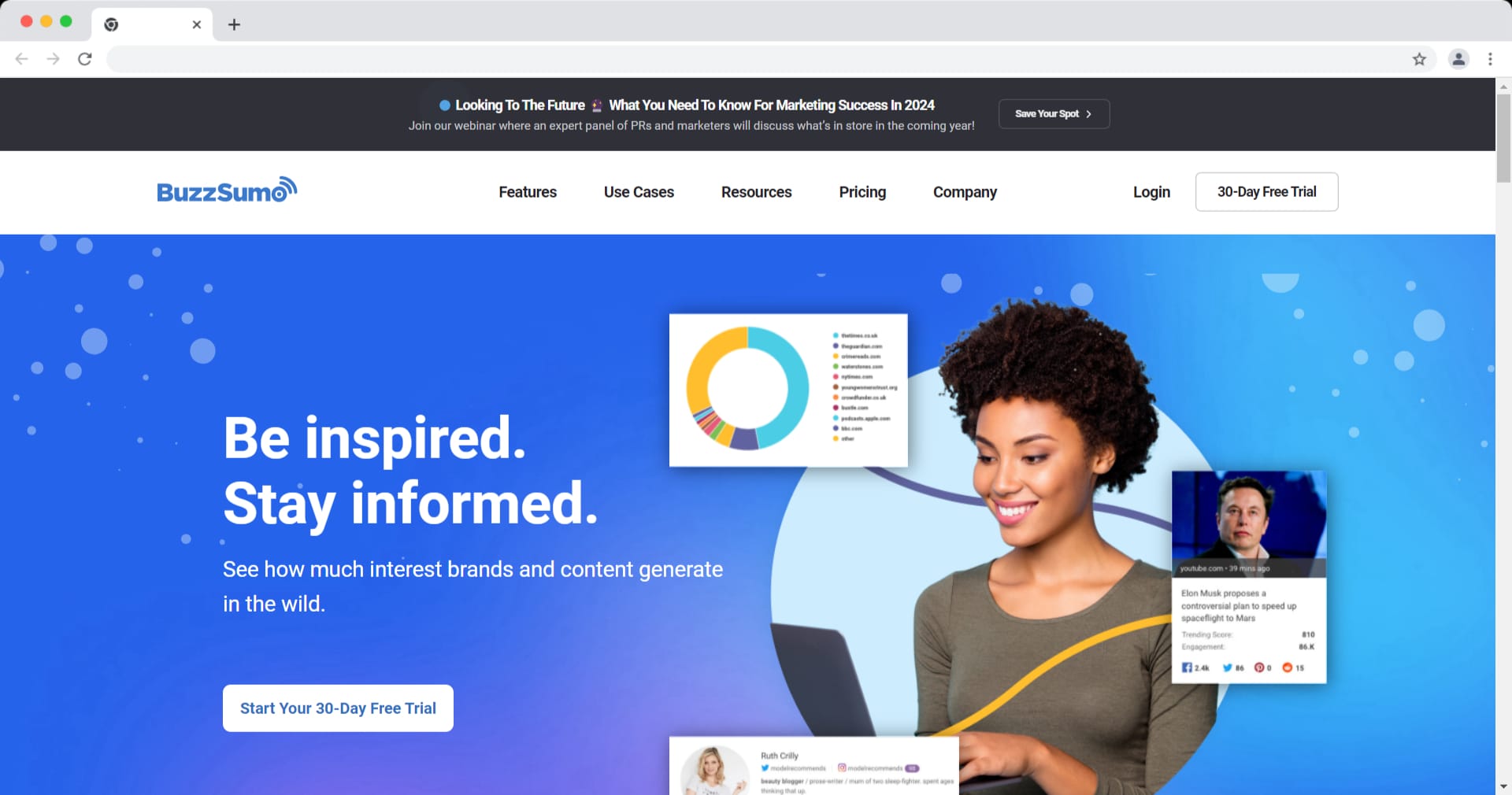
BuzzSumo is an invaluable tool for content creators, marketers, and businesses seeking to gain actionable insights into their industry.
This powerful platform provides users with the ability to analyze what content performs best within their niche, identify key influencers, and monitor brand mentions.
How To Use It
Influencer marketing has become an increasingly popular strategy for brands looking to reach their target audiences and boost their online presence.
One way influencers make money through influencer marketing is by posting sponsored content.
Brands pay influencers to create posts that promote their products or services, which can include images, videos, and captions that align with the brand's messaging.
These posts are shared on the influencer's social media platforms, allowing them to showcase the brand to their audience.
Another way influencers can earn money is by becoming brand ambassadors. This partnership involves a longer-term collaboration, where influencers essentially become the face of the brand.
They regularly promote the brand's products or services through their content, which helps build brand loyalty and trust with their audience.
Pros And Cons
| Pros | Cons |
|---|---|
|
|
Pricing
- Pro Plan:
- Ideal for individual users and small teams
- Features may include content discovery, social monitoring, and basic influencer identification
- Plus Plan:
- Geared towards small to medium-sized teams
- Offers additional features such as content analysis and alerts
- Large Plan:
- Suitable for larger teams and enterprises
- Includes advanced features like unlimited searches, domain reports, and question analyzer
2. Brandwatch
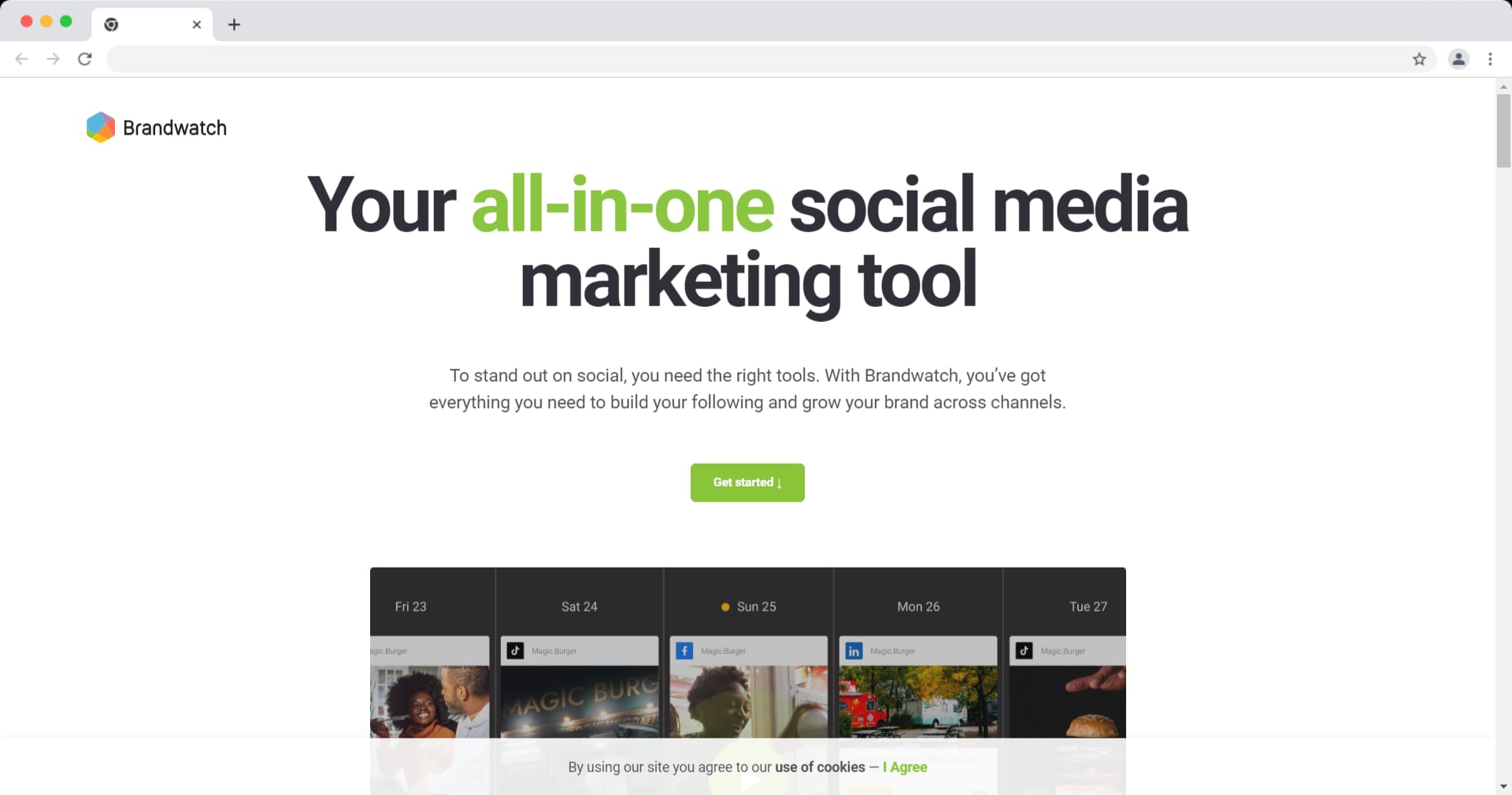
Brandwatch Audience Platform is a powerful tool that enables businesses to gain a deeper understanding of their target audience. With its advanced AI capabilities and intuitive interface, Brandwatch Audience
The platform allows businesses to identify key trends, track brand perception, and make data-driven decisions.
How To Use It
Influencer marketing has become an essential tool for promoting brands and products effectively in today's digital world. To leverage this powerful marketing strategy, it is important to follow a few key steps.
Firstly, selecting the right influencers is paramount. It is crucial to partner with influencers who have dedicated followings and sizable target audiences that align with the brand or product being promoted.
This ensures that the message reaches the right people and maximizes the potential for engagement and conversions.
Once influencers have been identified, brands can collaborate with them in several ways.
Sponsored posts are a common method in which the influencer promotes the brand or product through their social media channels.
These posts are usually marked as "sponsored" to maintain transparency.
Another method is through brand ambassadorships. This involves a longer-term collaboration between the brand and the influencer, where the influencer becomes the face of the brand and promotes it consistently over a period.
This helps to build stronger brand recognition and creates a sustainable relationship with the influencer and their audience.
Pros And Cons
| Pros | Cons |
|---|---|
|
|
Pricing
Contact Sales Team for pricing
3. Meltwater
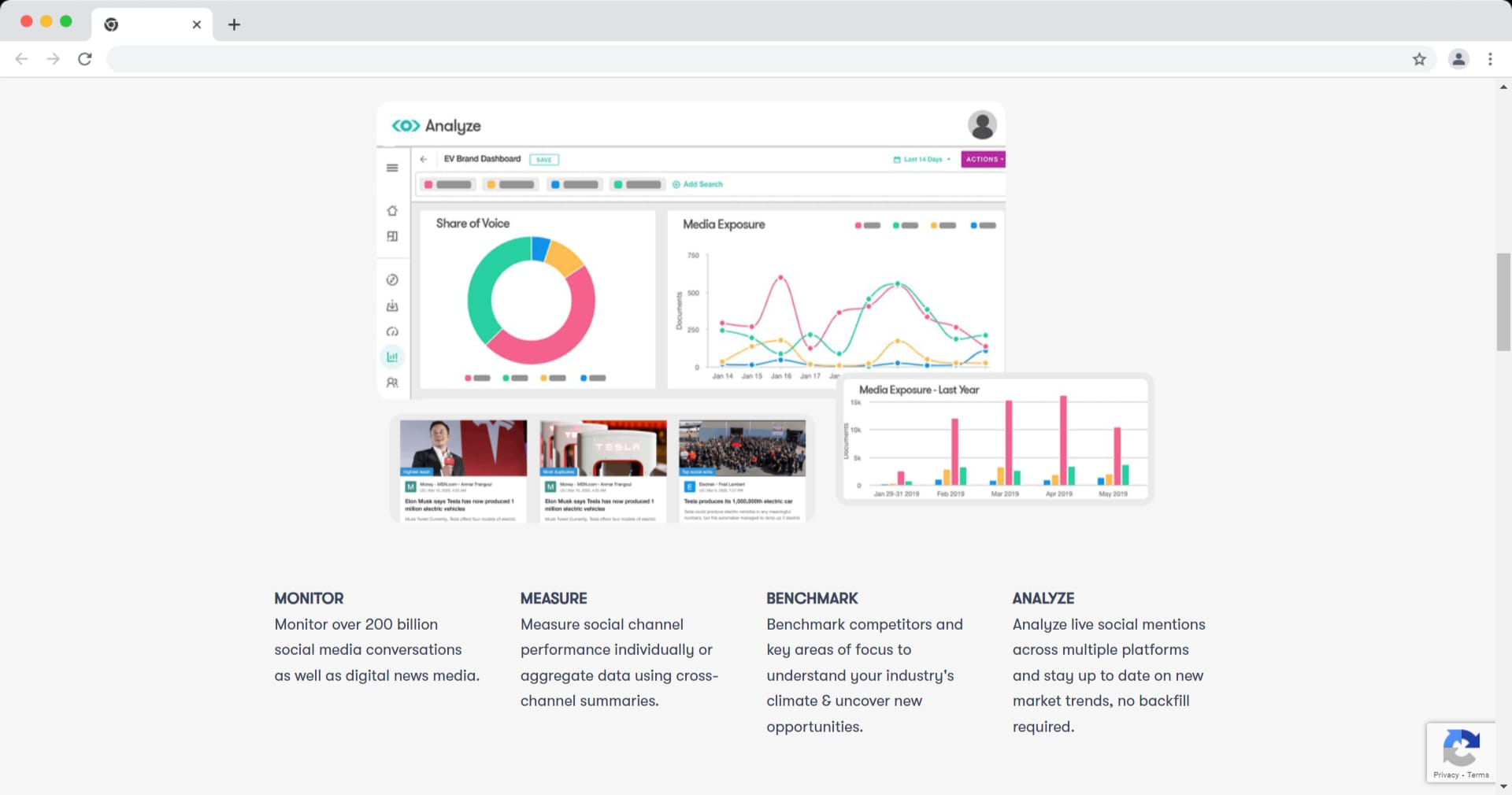
Meltwater is a global leader in media intelligence and social analytics. The company offers a suite of software tools designed to help businesses monitor and analyze online media, social media, and other digital content.
Meltwater's platform enables organizations to track mentions of their brand, competitors, and industry trends in real-time, allowing them to make informed decisions and stay ahead
How To Use It
- Account Setup:
- Start by creating an account on the Meltwater platform. You may need to contact Meltwater's sales team to discuss your specific needs and obtain the appropriate subscription plan.
- Dashboard Overview:
- Once your account is set up, log in to the Meltwater platform. Familiarize yourself with the dashboard, where you'll find various modules and tools for media monitoring, social listening, and analytics.
- Keyword Monitoring:
- Set up keywords related to your brand, industry, competitors, or any specific topics you want to monitor. Meltwater will then track mentions of these keywords across various online sources.
- Social Media Listening:
- Use Meltwater to monitor and analyze social media conversations. You can track brand mentions, hashtags, and sentiment analysis to understand how your brand is perceived on social platforms.
- Filtering and Analysis:
- Utilize Meltwater's filtering options to refine your search results. This can help you focus on specific regions, languages, or sources. Analyze the data to extract meaningful insights and trends.
- Reporting:
- Generate reports to share insights with your team or stakeholders. Meltwater often provides customizable reporting options, allowing you to tailor reports to your specific needs.
- Competitor Analysis:
- Explore Meltwater's features for competitive intelligence. Monitor your competitors' activities, industry trends, and market changes to stay informed and make strategic decisions.
- Alerts and Notifications:
- Set up alerts and notifications to receive real-time updates on important mentions, trends, or changes in your monitored topics.
- Training and Support:
- Take advantage of any training resources or support provided by Meltwater. This could include tutorials, webinars, or direct assistance from their customer support team.
- Explore Additional Features:
- Depending on your subscription plan, explore any additional features offered by Meltwater, such as influencer identification, image recognition, or advanced analytics.
Pros And Cons
| Pros | Cons |
|---|---|
|
|
Pricing
To obtain pricing details, you can:
- Visit the Meltwater Website: Check Meltwater's official website for any pricing information or contact details for sales inquiries. They may provide a general overview of their pricing structure or offer a contact form for more information.
- Contact Meltwater Sales: Reach out to Meltwater's sales team directly. Sales representatives can provide you with detailed information about the pricing plans, features, and any customization options available.
- Request a Demo: Meltwater often offers product demonstrations, during which you can discuss your specific requirements and get personalized information about pricing.
- Trial Periods: Inquire about any trial periods or pilot programs that Meltwater may offer. This can be an opportunity to test the platform and assess its suitability for your organization.
Tapfiliate is a user-friendly affiliate marketing software designed to help businesses track and manage their affiliate programs effectively. With a wide range of features and an intuitive interface, Tapfiliate allows companies to streamline and automate the entire affiliate management process.
From onboarding and recruiting affiliates to tracking conversions and rewarding commissions, Tapfiliate offers a comprehensive solution for businesses looking to maximize their affiliate marketing efforts.
4. Tapfiliate
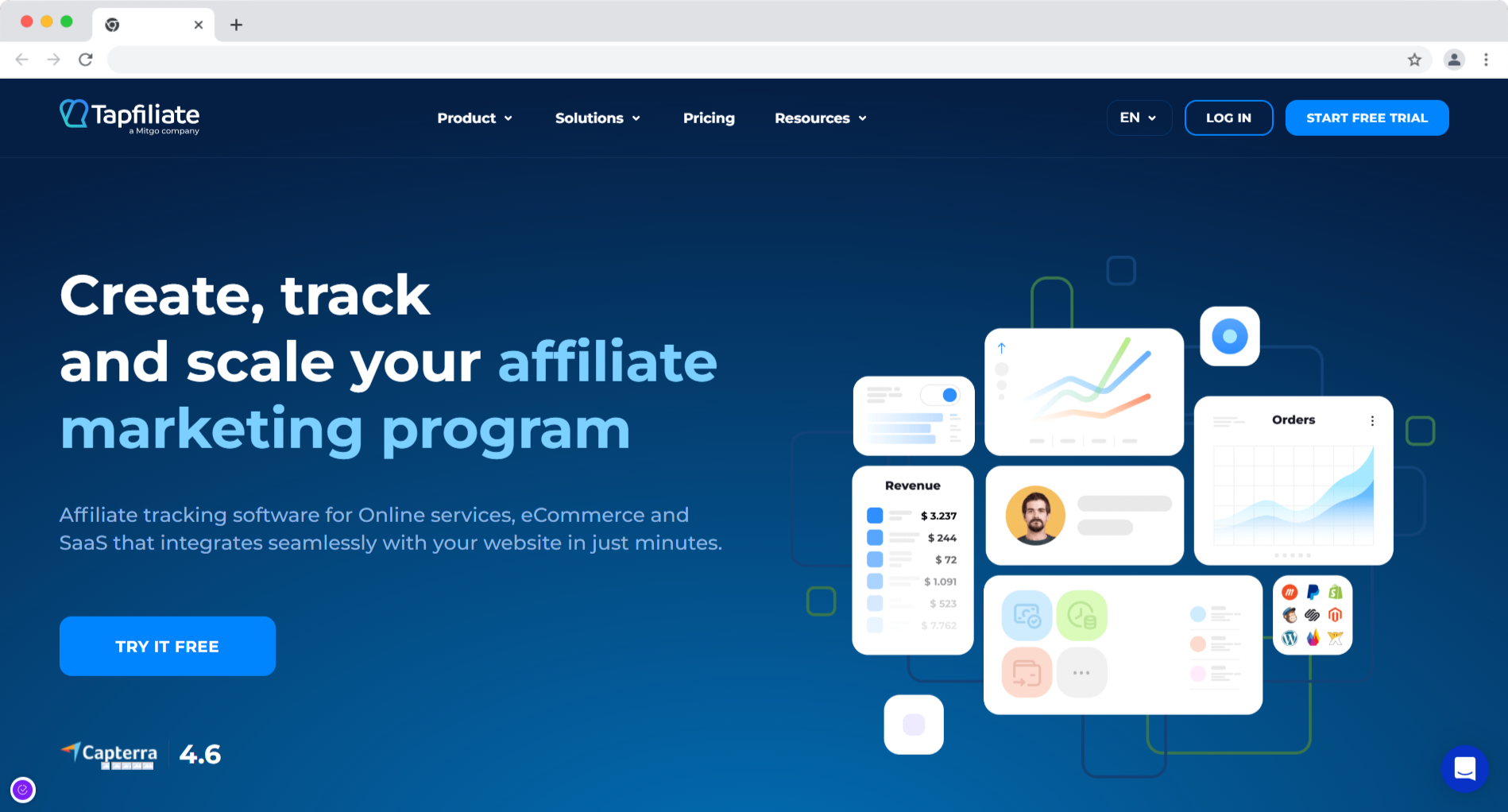
Tapfiliate is a robust affiliate tracking platform designed to simplify the process of setting up and managing affiliate programs for businesses of all sizes.
Whether you are a small e-commerce store or a large enterprise, Tapfiliate provides a suite of tools to streamline the management of your affiliate marketing efforts.
How To Use It
1. Account Setup:
- Go to the Tapfiliate website and sign up for an account.
- Follow the setup process, providing necessary details about your business.
2. Dashboard Overview:
- After logging in, familiarize yourself with the dashboard. This is where you'll manage your affiliate program.
3. Program Configuration:
- Set up your affiliate program by configuring details such as commission rates, cookie duration, and payment methods.
4. Create Affiliate Tracking Links:
- Generate unique tracking links for your affiliates. These links help track referrals and sales back to specific affiliates.
5. Customize Affiliate Sign-Up Page:
- Customize the affiliate sign-up page with your branding, terms, and conditions.
6. Invite Affiliates:
- Invite affiliates to join your program by providing them with the sign-up link.
7. Monitor Affiliate Activity:
- Use the dashboard to monitor affiliate activity, including clicks, conversions, and commissions.
8. Payment Processing:
- Set up payment schedules and methods. Tapfiliate can automate commission payments based on your configured rules.
9. Communication:
- Use Tapfiliate to communicate with your affiliates, providing updates, promotional materials, and important information.
10. Analytics and Reporting:
- Utilize Tapfiliate's analytics and reporting features to gain insights into your program's performance.
11. Integrate with E-commerce Platforms:
- If you have an online store, integrate Tapfiliate with your e-commerce platform to track sales seamlessly.
12. Affiliate Portal:
- Encourage affiliates to log in to their portal to access promotional materials, track their performance, and view earnings.
13. Optimize and Iterate:
- Regularly review your affiliate program's performance and make adjustments to optimize its effectiveness.
Pros And Cons
| Pros | Cons |
|---|---|
|
|
Pricing
- Free Trial:
- Tapfiliate often offers a free trial period for users to explore the platform's features.
- Free Plan:
- There might be a limited free plan with basic features suitable for small businesses.
- Paid Plans:
- Tapfiliate typically offers paid plans with varying features based on the number of affiliates and the specific needs of your business.
- Custom Enterprise Plans:
- For larger businesses with extensive requirements, custom enterprise plans may be available. Contact Tapfiliate's sales team for tailored solutions.
- Pricing Based on Affiliates:
- The cost of Tapfiliate's plans may be influenced by the number of affiliates you intend to manage within the system.
- Additional Features:
- Some features, such as advanced analytics, integrations, and priority support, may be included in higher-tier plans.
- Transparent Pricing:
- Tapfiliate is known for its transparent pricing model, where costs are clear and based on your business's specific needs.
5. Upfluence
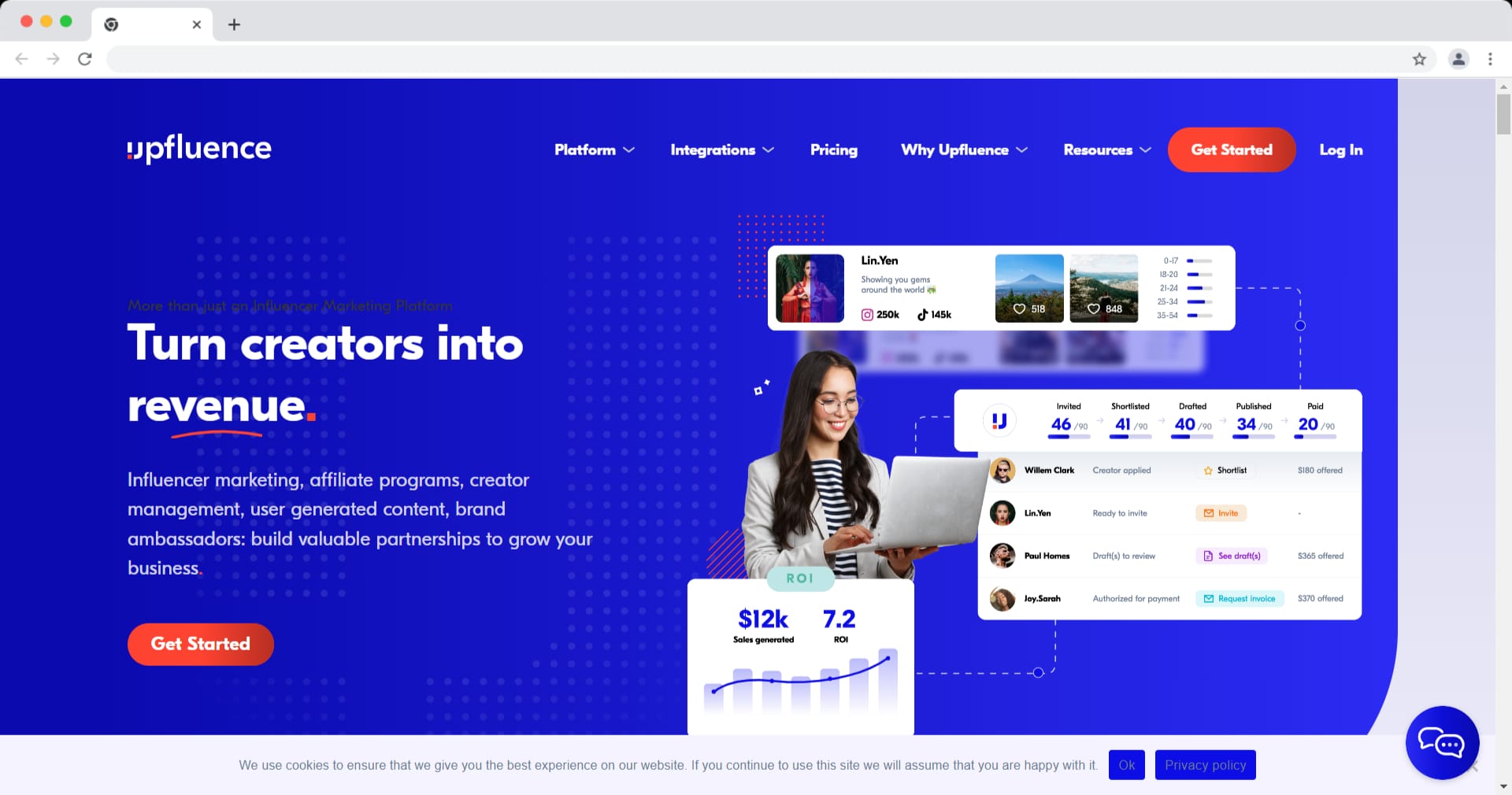
Upfluence is a comprehensive influencer marketing platform designed to help businesses identify, connect, and collaborate with influencers to amplify their brand reach and engagement.
The platform also offers social media analytics tools to track and measure the impact of influencer campaigns.
How To Use It
1. Account Setup:
- Go to the Upfluence website and sign up for an account.
- Follow the setup process and provide the necessary information about your business.
2. Dashboard Overview:
- After logging in, familiarize yourself with the Upfluence dashboard. This is where you'll manage your influencer marketing activities.
3. Influencer Discovery:
- Use Upfluence to discover potential influencers based on your target audience, industry, or niche.
- Filter influencers based on criteria such as location, engagement rate, and follower count.
4. Audience Analytics:
- Analyze influencer audiences using Upfluence's tools. Understand their demographics, interests, and engagement metrics.
5. Campaign Management:
- Set up influencer marketing campaigns within Upfluence.
- Define campaign goals, objectives, and key performance indicators (KPIs).
6. Influencer Outreach:
- Connect with influencers directly through Upfluence's platform.
- Negotiate terms, discuss campaign details, and establish agreements.
7. Content Approval:
- Review and approve influencer-created content within Upfluence.
- Ensure that the content aligns with your brand and campaign objectives.
8. Payment Processing:
- Use Upfluence to handle payment transactions with influencers.
- Set up payment schedules and methods.
9. Performance Tracking:
- Monitor the performance of your influencer marketing campaigns.
- Track metrics such as engagement, reach, and conversions.
10. Reporting:
- Utilize Upfluence's reporting features to generate comprehensive reports on campaign performance.
- Analyze data to gain insights and inform future influencer marketing strategies.
11. Influencer Relationship Management (IRM):
- Leverage Upfluence's IRM features to build and maintain relationships with influencers for long-term partnerships.
12. Compliance and Disclosure:
- Ensure compliance with relevant regulations and disclosure requirements.
- Upfluence may offer tools to assist with compliance and transparency.
13. Integration with Other Tools:
- Explore integrations with other marketing tools to streamline workflows.
Pros And Cons
| Pros | Cons |
|---|---|
|
|
Pricing
- Custom Pricing:
- Upfluence typically provides custom pricing based on factors such as the number of users, influencers, and the features required.
- Enterprise Plans:
- Businesses with larger influencer marketing needs may opt for enterprise plans with advanced features and dedicated support.
- Quote-Based System:
- Upfluence often operates on a quote-based pricing system, where businesses need to contact their sales team to get a tailored quote based on their requirements.
- Demo and Consultation:
- Upfluence may offer product demonstrations and consultations to help businesses understand the platform's capabilities and tailor pricing accordingly.
- Flexibility:
- The pricing model is designed to be flexible, accommodating businesses of various sizes and influencer marketing needs.
Final Thoughts
Top 5 influencer marketing tools—such as Upfluence, Tapfiliate, and BuzzSumo—offer businesses diverse solutions for discovering influencers, managing campaigns, and measuring performance.
Each tool has its strengths, whether in influencer discovery, program management, or social media analytics.
The choice among these tools depends on specific business needs, budget considerations, and the desired scope of influencer marketing strategies.
Ultimately, leveraging these tools can empower businesses to navigate the dynamic landscape of influencer marketing, reaching and engaging their target audiences effectively.

